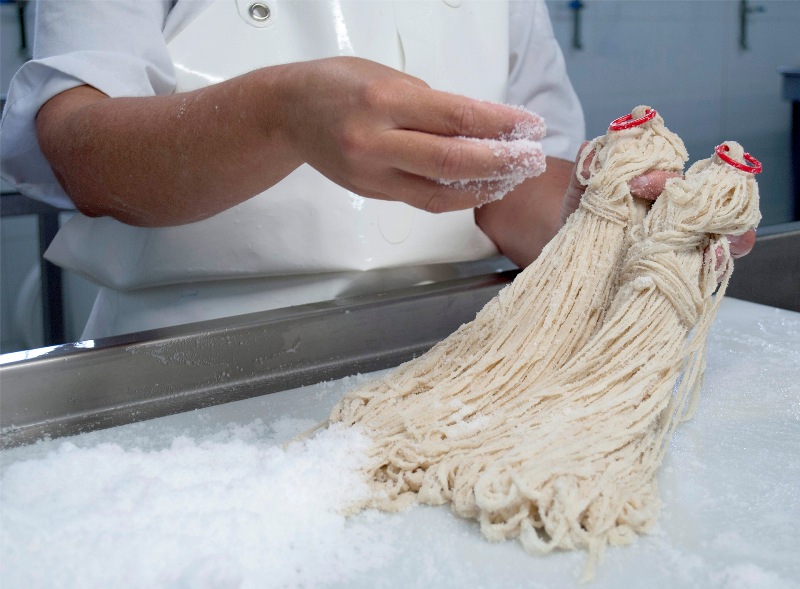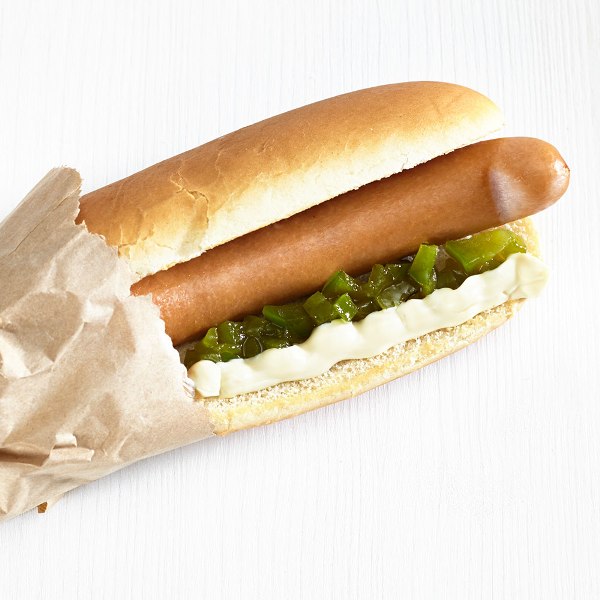Casings, also known as sausage skin, are soft cylindrical containers used to contain sausage fillings. These casings are made of different materials, which can either be edible or non-edible. In this article, we explore the different types of casings so you can understand their respective benefits and drawbacks, as well as whether or not they are good for your consumption.
Natural Casings

Natural casings are made from the submucosa, which is a thin layer of animal intestine. This layer is composed largely of naturally occurring collagen. Natural casings are normally made from intestines of the following animals:
- Goats
- Cattle
- Pigs
- Sheep
- Horses
The intestines have to be flushed, scraped and washed with water and salt before they are used to make casings. Natural casing is the only type of casing that is allowed in the production of organic sausage.
These casings are processed in a way that makes them soft and edible. Besides the submucosa, various other parts of the animal gut can be used for making natural casings. However, casings made from these other parts are processed differently and are normally tougher and stronger.
The toughness makes them inedible, so you have to peel them before you consume your sausage. Nonetheless, if you want sausages that are rich in flavor and have a more natural look, then you want to use natural casings. Natural casings breathe, resulting in a deeper flavor, and their irregular shape and size give them a natural look.
Artificial Casings

Also referred to as synthetic casings, artificial casings are normally made from materials such as:
- Cellulose
- Collagen
- Plastic
Cellulose casings are made from cellulose that is extracted from wood pulp and cotton linters and then processed to make viscose. This viscose is then molded into clear, tough sausage casings. Cellulose casings are permeable to smoke, and you have to peel them off after cooking.
Collagen casings, on the other hand, are made from animal collagen, which is normally derived from the hides of cattle and pigs, as well as from bones and tendons. The collagen is sometimes derived from fish and poultry. It is normally much cheaper to prepare sausages with collagen casings than with natural casings.Most collagen casings are edible. However, there’s a special form of thicker collagen that is used in preparing salamis and other larger sausages that you have to peel off when eating the sausage. Collagen casings are also easier to use than natural casings.
Plastic casings are normally made from polymers such as polypropylene, polyamide, and polyethylene. They are not edible. Due to the fact that they don’t allow smoke and water to pass through, plastic casings are ideal for non-smoked, high-yield products.
Conclusion
It is worth noting that technological advances have seen the invention of vegetarian casings that are completely plant-based. Sometimes, however, you may not have access to natural, artificial, or vegetarian cases, or may just not want to use any of them. In that case, you can take advantage of numerous DIY tricks out there, such as using muslin strips to make casings for your sausage fillings.

